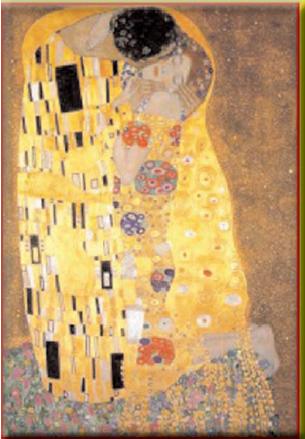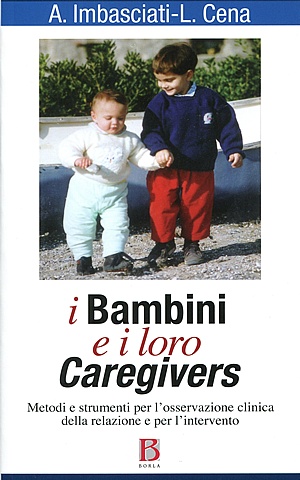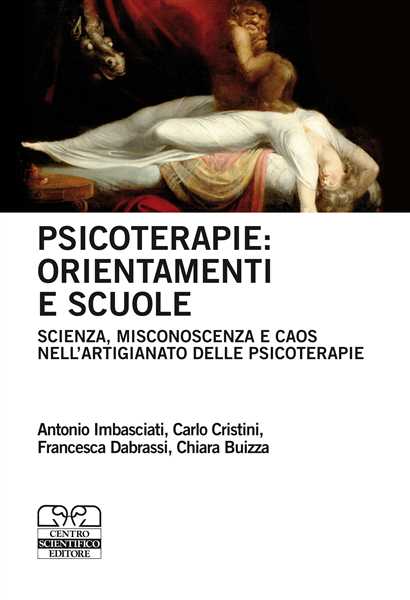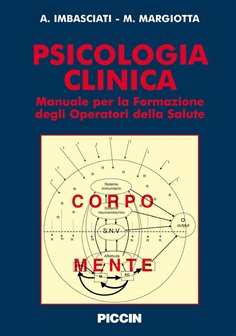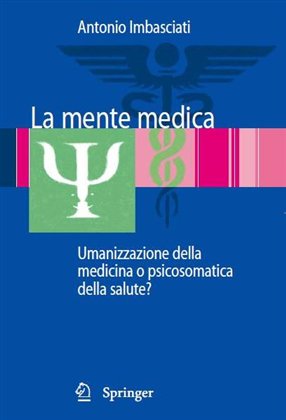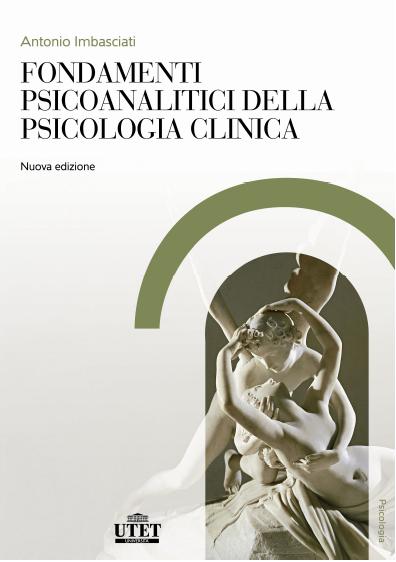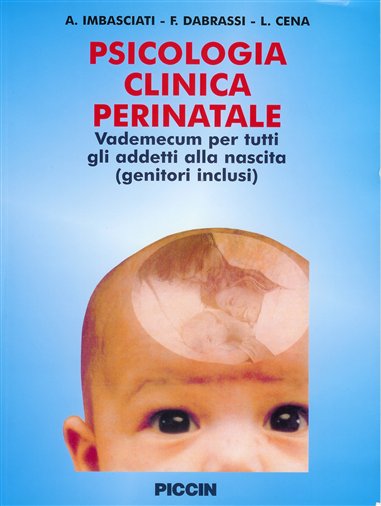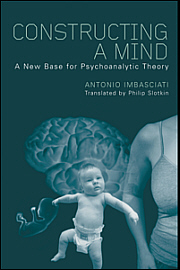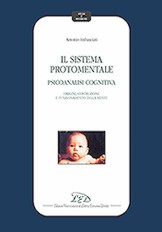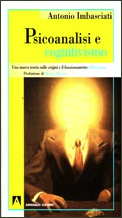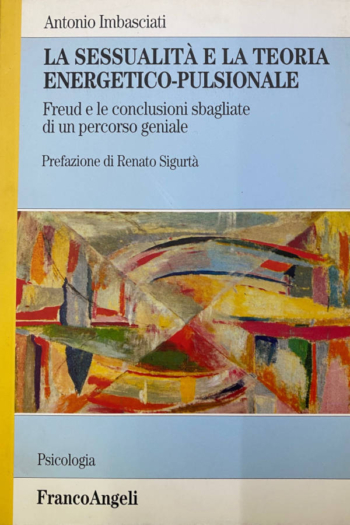Printed books
[Of all areas of competence]Mankind wrote about sexuality and love since some form of writing was invented. Even before, Homo sapiens tried to depict it in primitive rock paintings, later developing it into sculptures, and he felt the need to celebrate it by singing, dancing and in poetry, and to regulate it in the social and religious orders, and by some ones to exalt it in every shape and form. The subject seems to have occupied man’s mind in a poignant and continuous manner. Why is this so? (…)
Neurosciences and Perinatal Clinical Psychology developments demonstrated that individual neuropsychic structure develops since foetal time and its basic development happens in the first two years of life. First development quality qualifies every later (subsequent) development and so adult individual mind destiny. This developmental pathway does not happen by genetics laws, but by relational learning’s. (…)
Today an increasing number of people feel psychic discomfort, generally labelled as stress, and they therefore say: “I may need psychotherapy.” But there is much hesitation between such a statement and its realization. Many other people don’t even feel the need for it, crushed by the fast pace of contemporary society, while, as a result of the social situation, they would actually have a great need for it. The first hesitation is due to ignorance, or rather to the misconception of what is meant by “psychotherapy”. (…)
The progress of medicine has made the medical profession highly technical and fragmented in may different specializations, thus decreasing the spaces where a doctor can practice that human care which used to characterize his role. Complementarily, other helping professions have been enhanced, first of all nurses, and many other health graduation programmes (three- and now also five-year) have been created. The dimension of “human” care that the physician can no longer carry out is transferred to these “new doctors”. “Rehumanizing medicine” and reducing the “medicalization” of health services is a project in people talk about. (…)
Progress in medicine has made the physician’s practice more technical and has inevitably reduced the mental and operational spaces that he used to devote to the human relationship, which in the past he was able to establish with his patients. In this regard, the physician did effectively embody the Latin saying medicus ipse farmacum. Also the current medical training, with an ever increasing necessity for biological and technical knowledge and the continuous updating required in these fields, decreases the possibility for the doctor as a person to take care of the patient as a person. What Balint described in his book Doctor, patient, and illness in 1957 is a myth by now. Inevitably the organisation of hospitals and other health facilities has also become burocratic, erasing all possibility of being “humane”. (…)
Great misunderstanding exists when trying to comprehend what is meant by Clinical Psychology and its connections with Psychoanalysis. Just as vast is the misunderstanding of psychoanalysis itself: people talk about drive, Oedipus, libido, super ego and repression as if these were Freud’s “discoveries”. In fact, they are not discoveries at all, but concepts by which Freud tried to construct a theory –his metapsychology– using the means available at the time to explain what his ingenious method of exploration had found out and described in the clinical field. There is great confusion about what is meant by “discovery”, or rather by “theory” or “method”, just as there is confusion about the description of a phenomena and its explanation. Discoveries remain, theories change and methods develop. (…)
Birth is the most important event in family life. Since pregnancy, worries, anxieties, joy, responsibilities take over every-day life. Midwives and pediatricians give advice, rules, prescriptions, to mothers who are in fact looking for being reassured that everything will be fine. “Is your pregnancy somewhat unusual? Doesn’t your baby move the way he is expected to? Will he be healthy?” After birth, many problems often occur: the baby won’t attach itself to th breast, the milk dries up, the baby does not eat enough or eats too much, he doesn’t sleep at the proper times. (…)
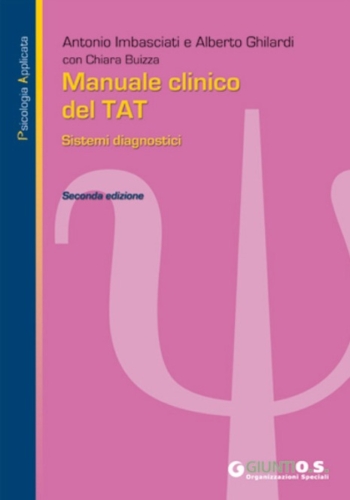
Psychoanalysis could be successful not merely for its clinical value – to cure unexplained syndromes that were considered incurable– or for its method, judged very ‘strange’ and not scientific, but also for the theory that Freud created to explain the origins and the functioning of the mind: the Drive Theory. (…)
Psychoanalysis could be successful not merely for its clinical value – to cure unexplained syndromes that were considered incurable– or for its method, judged very ‘strange’ and not scientific, but also for the theory that Freud created to explain the origins and the functioning of the mind: the Drive Theory. (…)
Freud, in describing his fundamental discoveries on human psyche also wanted to explain them. In this explanatory intent, he outlined a general theory of mental functioning, the Energy-and-Drive Theory which he called Metapsychology. This theory was drawn up on the basis of the sciences at the end of the nineteenth century. Today the development of experimental psychology and neuroscience provides a picture of the mind that can no longer reconcile with the Freudian Metapsychology. By confusing Freudian discoveries with his theory, some today wonder if Freud should be considered dead. Therefore, psychoanalysis stands relatively isolated in the current scientific context.
The Drive Theory, that Freud formulated throughout his whole work with the aim to explain the origins and the functioning of the mind, has remained the milestone of psychoanalysis and the best known part to those who do not work in the field. Drive, repression, libido, energy and other terms have become part of the common language. Yet the Drive Theory it is the very part of Freud’s remarkable work that has been most criticized by psychoanalysts themselves, which consider it as superseded, at least in Freud’s original biological formulation. The book aims to show that this theory was formulated beginning from the first hypotheses on sexuality that Freud, as far back as the end of the nineteenth century, put forward. (…)

